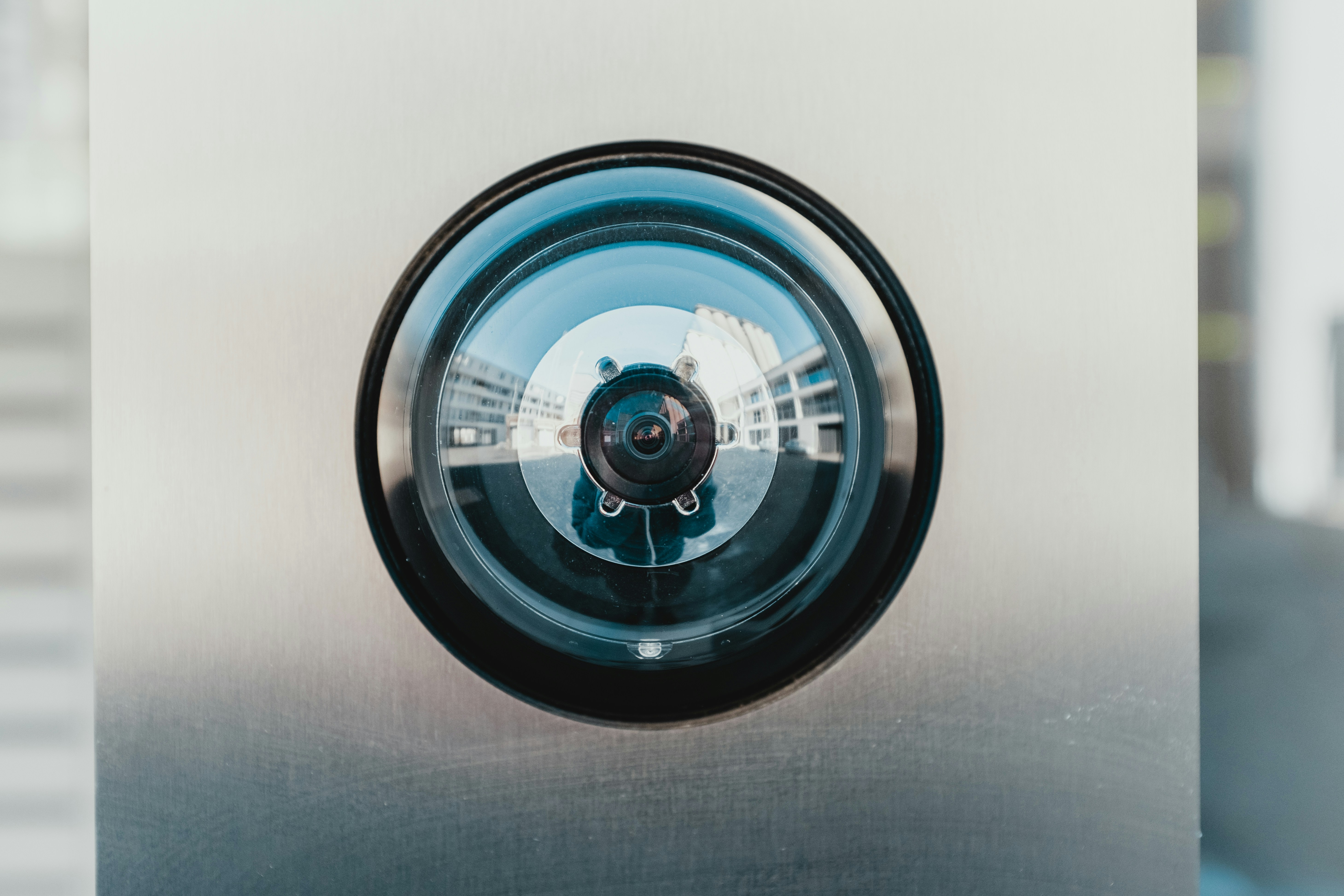As technological change gets more and more engrained in all walks of life, becomes more interrelated and changes at an ever increasing pace the increased role of technology will amplify risks.
Whether we work from home, hybrid, on the move or in the office the users whether they are employees, suppliers or client and customers will expect that security issues have been taken care of.
As more and more apps appear, websites get ever more 'clever' with the use of AI and the web service and user experience becomes unified over many devices, the issue of people's perception of trust will become an increasingly valuable asset.
For this reason risk, security and privacy concerns will, although high now, only continue to increase.
High profile examples of new technologies leaping into 'real life' and moving faster than legislation are typified by examples like the Lord Mayor of London saying in February 2024 that fake AI audio of him nearly led to serious civil disorder. This serves as a major warning about the power of technologies related to 'reality' and therefore trust and transparency. (see article on BBC UK new here).
As we interconnect more and more and AI blurs the lines between reality and fake and 'bad actors' seek to utilise these technologies, it is no surprise that data security is ranking high alongside issues like the cost and the investment needed for new systems and platforms, in many executives minds.
In fact in a recent HSBC report on a study by McKinsey in 2023 found that 53% of organisations identified cyber security as a risk.
To maintain trust and cope with this accelerated rate of technological change will no doubt need new thinking and legislation.
It is a good time to consider your approach to cyber security and the evolving technologies.
Perhaps, now more than ever before, because of the accelerated rate of change, leaders need to consider the basics of who, what, where, when, why and how data is displayed, moved, stored and shared, particularly if exposed to new AI and LLM (Large Language Models).
Identification of trusted data and sources will be vital for most institutions on the web going forward.
This will no doubt lead to the increased need to define and protect the digital identity of users, their digital assets and there interrelationships and interactions.
Frictionless working on the web across multiple devices whether customers or employees will need secure eco-systems and trusted partnerships.
Now is a good time to examine your approach to this changing world for your business.
If you would like iwise2ebusiness to help you with your digital solution please get in touch!
